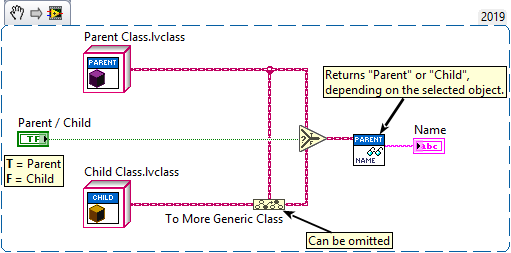Object-oriented programming: Difference between revisions
m Add an example to illustrate dynamic dispatching |
m →External links: Update and extend links |
||
| Line 18: | Line 18: | ||
==External links== | ==External links== | ||
* [ | *[https://www.ni.com/en-us/support/documentation/supplemental/06/labview-object-oriented-programming-faq.html LabVIEW Object-Oriented Programming FAQ] by National Instruments | ||
* [ | *[https://www.ni.com/en-us/support/documentation/supplemental/06/labview-object-oriented-programming--the-decisions-behind-the-de.html LabVIEW Object-Oriented Programming: The Decisions Behind the Design] by National Instruments | ||
*[http://www. | *[http://www.eyesonvis.com/blog/2006/08/code-reuse-through-classes.html Code Reuse through Classes] by Christina Rogers | ||
*[https://forums.ni.com/t5/LabVIEW-Development-Best/Introduction-to-Object-Oriented-Programming-and-Hardware/ta-p/3519580 Introduction to Object Oriented Programming] by Elijah Kerry | *[https://forums.ni.com/t5/LabVIEW-Development-Best/Introduction-to-Object-Oriented-Programming-and-Hardware/ta-p/3519580 Introduction to Object Oriented Programming] by Elijah Kerry | ||
*[https://forums.ni.com/t5/LabVIEW-Development-Best/When-Should-You-Use-LabVIEW-Classes/ba-p/3478257 When should you use classes] by Elijah Kerry | |||
*[https://forums.ni.com/t5/LabVIEW-Development-Best/When-Should-You-Use-LabVIEW-Classes/ba-p/3478257 When should you use classes] | |||
{{stub}} | {{stub}} | ||
Revision as of 14:06, 2 April 2020
Object-Oriented Programming (OOP) is a programming paradigm that enforces object-oriented design principles to solve software problems. As of LabVIEW 8.20, LabVIEW is an object-oriented programming language. In object-oriented programming, a class defines data with restricted access, and methods to work with that data. A client then creates an object - a specific instance of a class - to perform actions using methods that are exposed by the class. The implementation details are hidden from the client.
Because implementation details are hidden from the client, methods and data of a class can change without affecting any of the client's code. This can even happen at runtime by replacing one class with another of the same kind. Classes can inherit methods and data from a parent class to override methods of the parent class. The client can then use the child class as if it was the parent class, without changing any of the existing code. Methods called by the client will seamlessly execute the methods defined by the child class. If the child class doesn't override a method, the parent's method is called. This behavior is called dynamic dispatching in LabVIEW.
A parent class can change the access scope of a method to limit access to child classes (protected), friends (community) or nobody (private). Public methods are accessible by anyone.
Benefits of OOP
Reusability
Scalability
See also
External links
- LabVIEW Object-Oriented Programming FAQ by National Instruments
- LabVIEW Object-Oriented Programming: The Decisions Behind the Design by National Instruments
- Code Reuse through Classes by Christina Rogers
- Introduction to Object Oriented Programming by Elijah Kerry
- When should you use classes by Elijah Kerry
| |
This article is a stub. You can help LabVIEW Wiki by expanding it. Please improve this article if you can. |

